Bats of Yolo Causeway
Each summer, the migratory bats living beneath the bypass form "batnadoes" at dusk.
The first Yolo Causeway was built a hundred years ago to take motorists across the marshy flatlands of the Yolo Bypass. In the 1970s, another species joined commuters in making use of the elevated roadway: bats.
Every summer, roughly a quarter-million migrating Mexican free-tailed bats nestle between the Yolo Causeway’s expansion joints. Kept warm by the concrete overhead, they give birth to baby bats between flights where they feast on insects above the bypass.
The nightly flights are a spectacle that draw Californians looking to enjoy the show. Sometimes called “batnadoes,” long ribbons of bats leave the causeway at dusk every night, even flying miles up into the air to chase their prey.
The bats have ample food to choose from and are fairly well protected. The air above the wet, marshy landscape—which is said to be of one of the largest wetlands restoration projects in the American west—is thick with bugs.
Know Before You Go
Tours to see the bats at their best are given by the Yolo Basin Foundation. They cost $14 per person, and children under 15 attend free. However, the tours, which run June through September, sell out extremely fast. There is, however, a way to see the bats on your own. When driving west on the Causeway, take 32 A towards E. Chiles Road. Park outside the gates of the Yolo Bypass Wildlife Area, and go up on the levee for the best bat view at sunset.

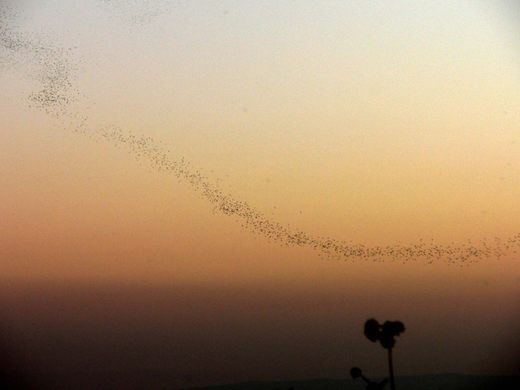


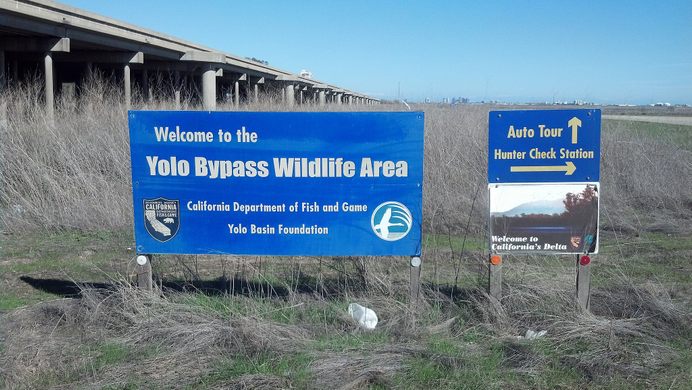
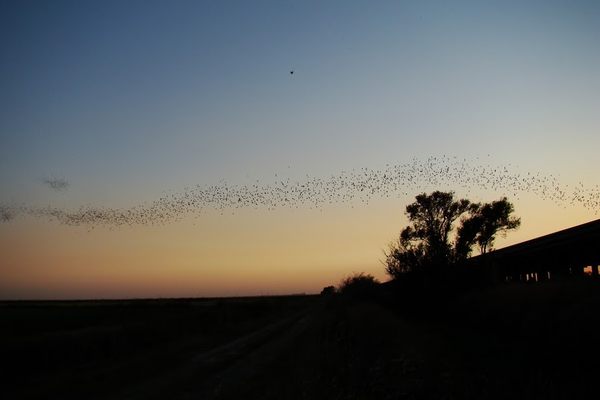



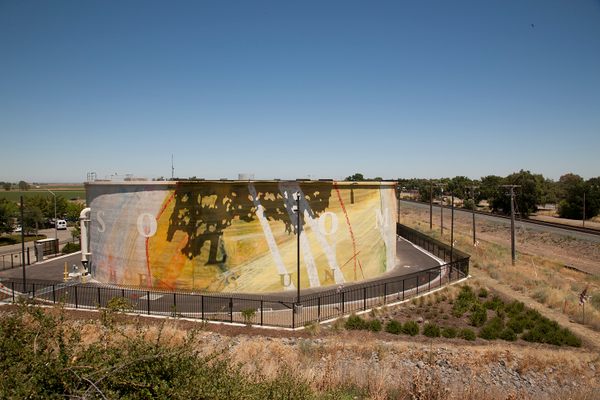

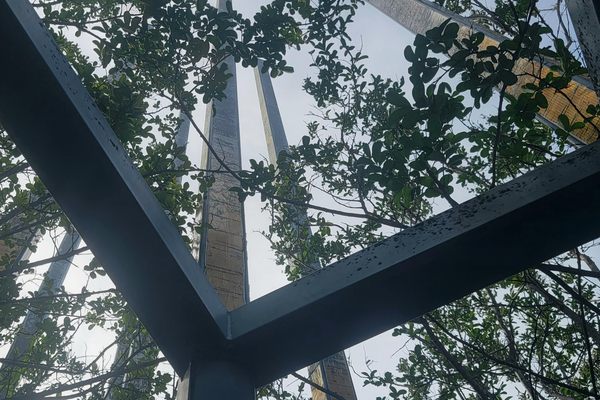
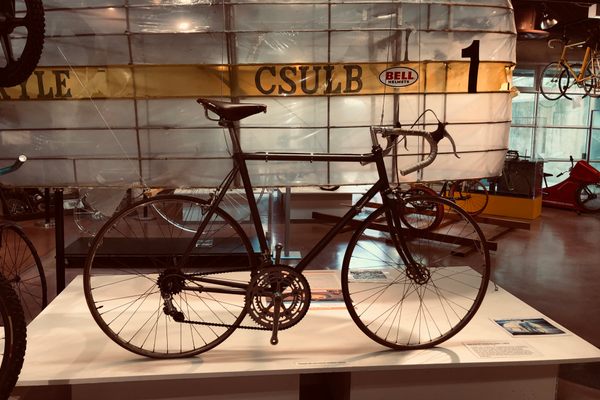
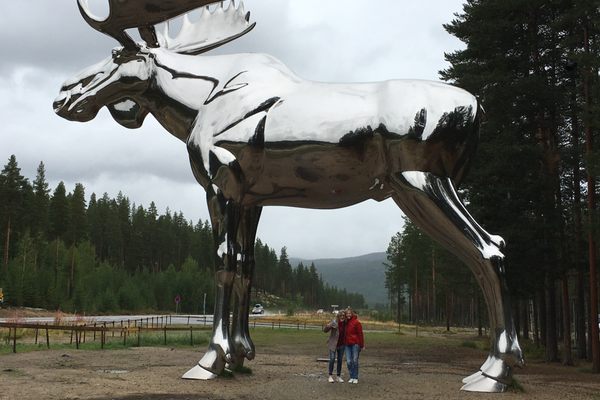

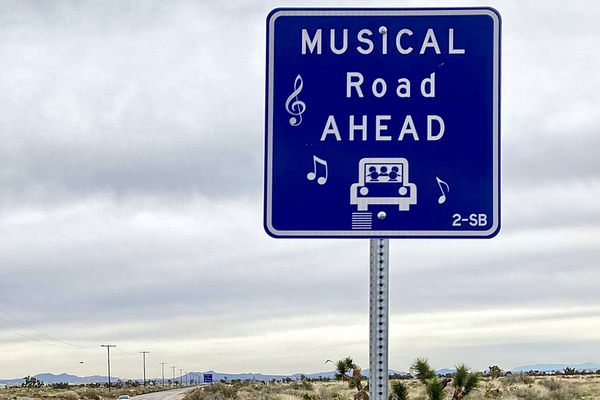
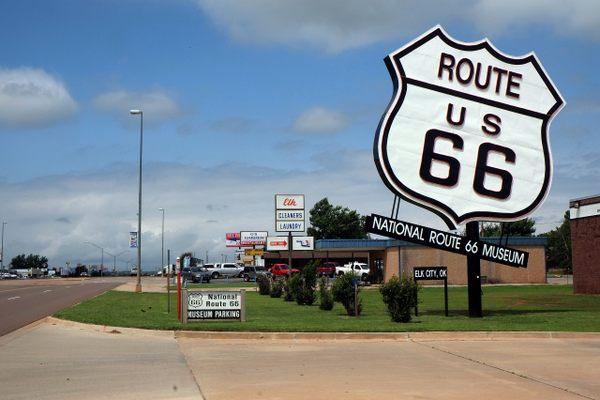


Follow us on Twitter to get the latest on the world's hidden wonders.
Like us on Facebook to get the latest on the world's hidden wonders.
Follow us on Twitter Like us on Facebook